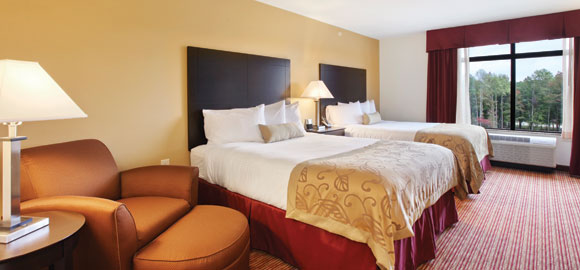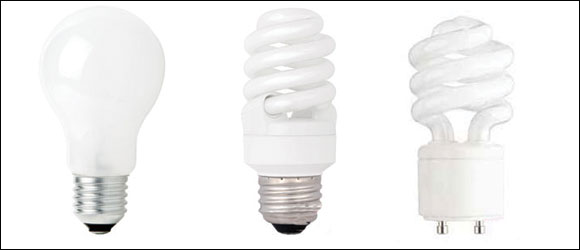
Have you been truly enlightened to the effects that lighting can have on a room?
The type of lighting used and the way that lighting is used can have drastic effects on a room, affecting the tone, mood, and personality of not just the space, but also the people inhabiting that space.
Determining the right type of lighting for a room is a matter of finding the balance between functionality and personality.
The first step, however, is to assess the amount of natural daylight the room receives and which cardinal direction the room faces to figure out how much daylight the room receives during the different seasons, thus determining the type of lighting the room needs.
For example, a north-facing room will only receive the minimum amount of natural daylight, even in summer. During winter months, consequently, that room will probably be dark after mid-day, so more lighting fixtures with a higher luminescence will be needed.
With this said, it is probably apparent that lighting a guest room will be vastly different than lighting a breakfast bar or lobby.
Here are some important tips to consider when lighting guest rooms:
- Guest rooms should be calm, relaxing, tranquilizing, and inviting, and perimeter lighting accomplishes just that. Consider dim lamps or uplighting in the corners of the room or indirect lighting that illuminates the ceiling.
- Guest room lighting (bedroom lighting) must be able to go from a subdued ambience to bright task lighting for dressing, reading, and other activities. Use a combination of general and task lighting that matches your guests’ needs. Dimming controls give guests the flexibility to vary the light to their immediate needs.
- Lighting should give the illumination needed to dress and see into drawers and closets easily. Lighting for closets is best done with recessed or close-to-the-ceiling fixtures that won’t get in the way in a tight space.
- Next-to-bed lighting is often done with table lamps and recessed lights, which can provide the light needed while leaving end tables open. Dimmer controls on next-to-bed lighting can change the room’s ambience to suit the guest’s mood, or lower the room light for TV viewing.
Here are some general tips to shed light on your lighting endeavors:
- Most rooms need three light sources.
- Overhead lighting, with the exception of chandeliers, is usually too harsh. Instead, try table lamps, floor lamps, uplighting, and spots.
- If the room is for reading, place a good reading light in all the appropriate places.
- If the room is for romance, put your lights on dimmers.
- If the room is made for partying, uplights are fun and a little dramatic.
- If the room is for showcasing art, spotlights put the focus on it.
- Use CFLs wherever possible.
- All fixtures within a space should have bulbs of the same color temperature. A 3,000 – 3,200K bulb provides a warm color tone without distorting colors. Bulbs over 5,000K have a cool, blue tone and distort interior colors dramatically.
With all this talk about lighting, it may be helpful to go back and reread our blog on Green Lighting for the Hospitality Industry, which illuminates the details on different types of lighting and the various effects they produce.

